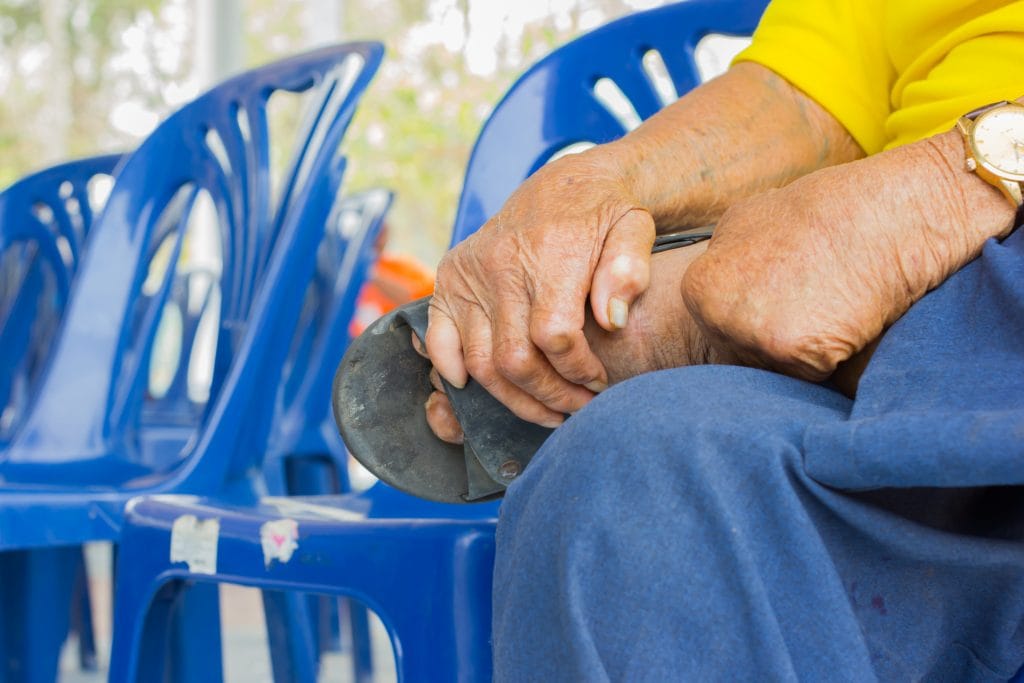India is officially the leprosy capital of the world according to the World Health Organization (WHO); they estimate that 66 percent of all the world’s leprosy patients now reside in the country.
 Such news comes as a blow to India’s prior announcement — dating back to 2005 — of the elimination of leprosy. An estimated 135,485 new cases were detected in the 2016-17 period, but some experts say these figures underestimate the real burden.
Such news comes as a blow to India’s prior announcement — dating back to 2005 — of the elimination of leprosy. An estimated 135,485 new cases were detected in the 2016-17 period, but some experts say these figures underestimate the real burden.
Earlier this year Health Issues India delved deeper into this figure, exploring the potentially grave implications. The population of India was cited in 2017 as being 1.36 billion. These additional 135,485 cases would indicate a rate of one person per 10,045 individuals who have contracted leprosy. While this figure falls within the accepted rate for elimination, it is worth noting that this figure is just the new cases detected within 2017. This potentially entails that the overall figure for leprosy in India is now above the accepted limit for elimination criteria.
With experts claiming that these already high figures are being underestimated, it is a very real possibility that the claims of elimination now go unfounded, and the disease could be stated to be in resurgence.
“Regional disparities remained and have not been adequately addressed since 2005. After the World Health Organization declared India leprosy-free, the country didn’t pay much attention to surveillance and case finding,” said Tehseen Zaidi, Manager of Communications and Advocacy at Sasakawa – India Leprosy Foundation. “This has resulted in resurfacing of the disease.”
This issue may be caused — at least in part — by a conflation of terminology. A disease is considered eliminated when its prevalence is reduced to less than one case per 10,000 persons. This definition is critical to understanding that elimination does not necessarily mean that the disease is gone for good. It is only when a disease is defined as eradicated that it is established as having no new cases.
Due to lapses in surveillance, leprosy has once again been allowed to spread. Without sustained effort to push towards complete eradication — as was seen in India’s hugely successful campaign in ridding the nation of polio — the disease is at risk of resurgence.
The disease is, however, treatable. If India were to direct resources towards surveillance efforts to uncover the remaining bastions of the disease then eradication of the disease would not be an unrealistic outcome.

